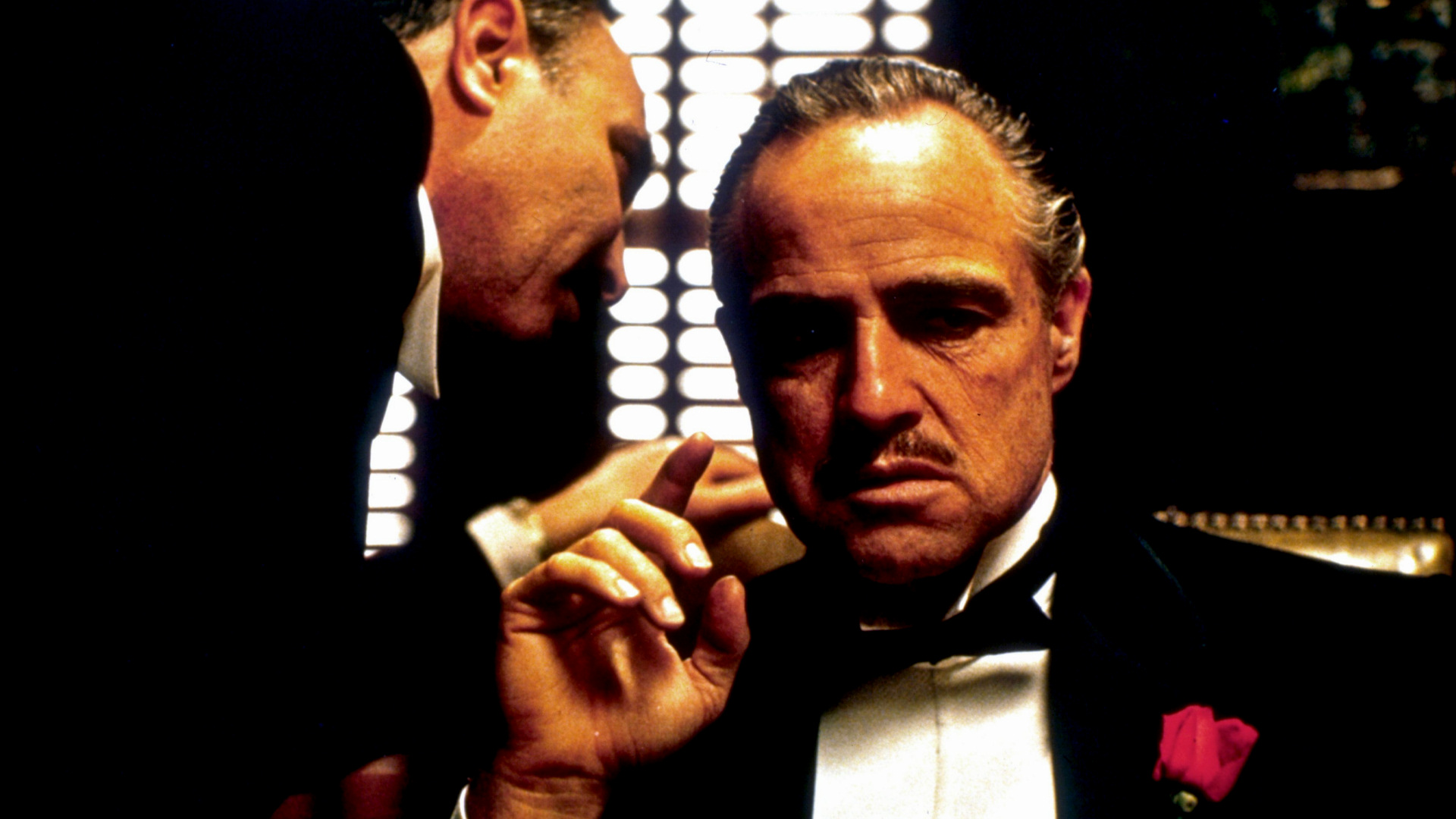An art film (also known as arthouse film, or, in the collective sense, as art cinema) is typically a serious, independent film aimed at a niche market rather than a mass market audience. An art film is "intended to be a serious artistic work, often experimental and not designed for mass appeal";they are "made primarily for aesthetic reasons rather than commercial profit",and they contain "unconventional or highly symbolic content".


Film critics typically define an art film as having "formal qualities that mark them as different from mainstream Hollywood films", which elements includes, a social realism style, an emphasis on the authorial expressiveness of the director, and a focus on the thoughts and dreams of characters, rather than presenting a clear, goal-driven story. It is considered its own genre, but can also fall within others depending on the other codes and conventions within it.


Art film producers usually present their films at specialty theatres and film festivals. The actual term art film is much more widely used in the United States, the UK and Australia than in Europe. Because these films are aimed at small niche market audiences, they rarely get the financial backing that will permit large production budgets, expensive special effects, costly celebrity actors, or huge advertising campaigns (as are used in widely released mainstream blockbuster films). Art film directors make up for these constraints by creating a different type of film, which typically uses lesser-known (or amateur) film actors and modest sets to make films that focus much more on exploring new narrative techniques or film-making conventions.

A certain degree of experience and knowledge are required to fully understand or appreciate such films. This contrasts sharply with mainstream "blockbuster" films, which are geared towards escapism and pure entertainment. For promotion, art films rely on the publicity generated from film critics' reviews, discussion of their film by arts columnists, commentators and bloggers, and "word-of-mouth" promotion by audience members. Since art films have small initial investment costs, they only need to appeal to a small portion of the mainstream viewing audiences in order to become financially viable.



